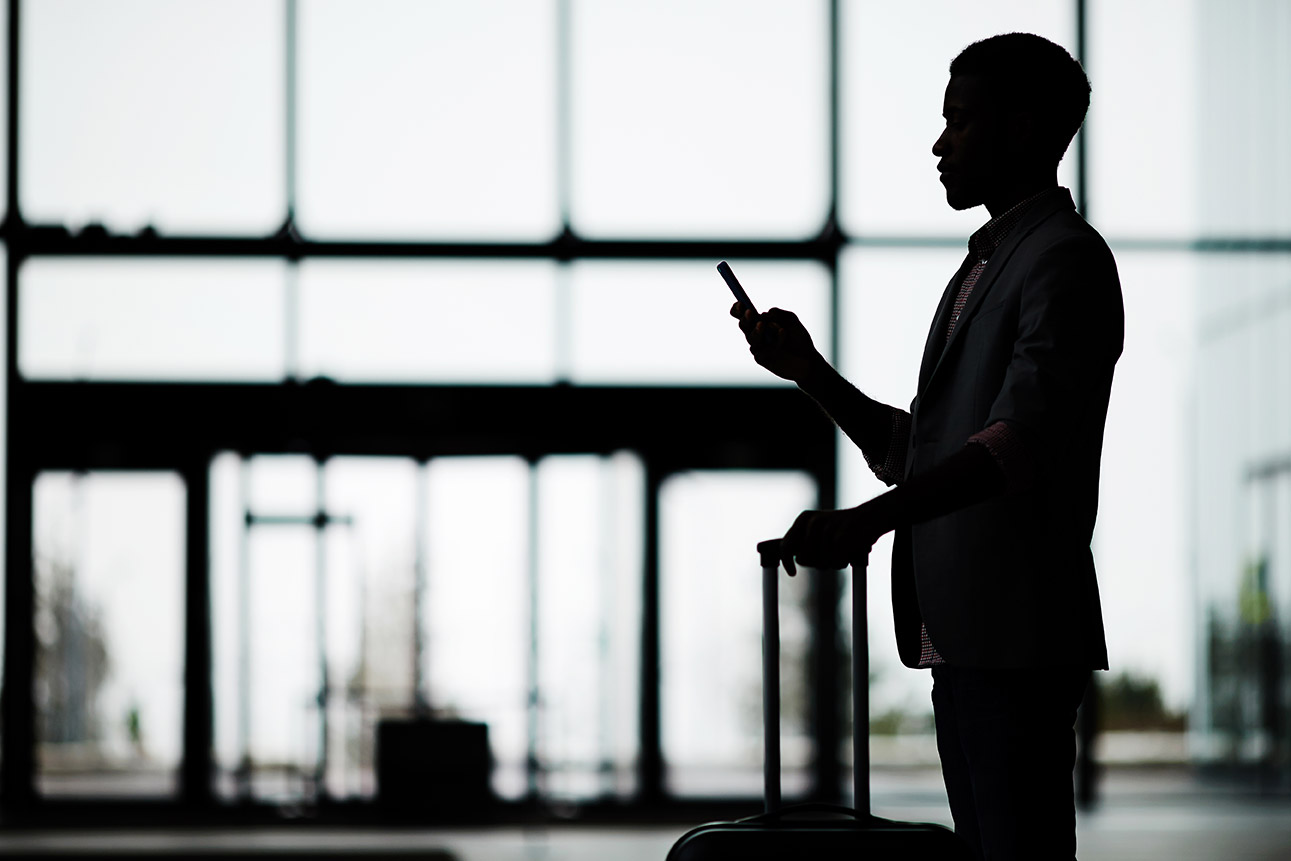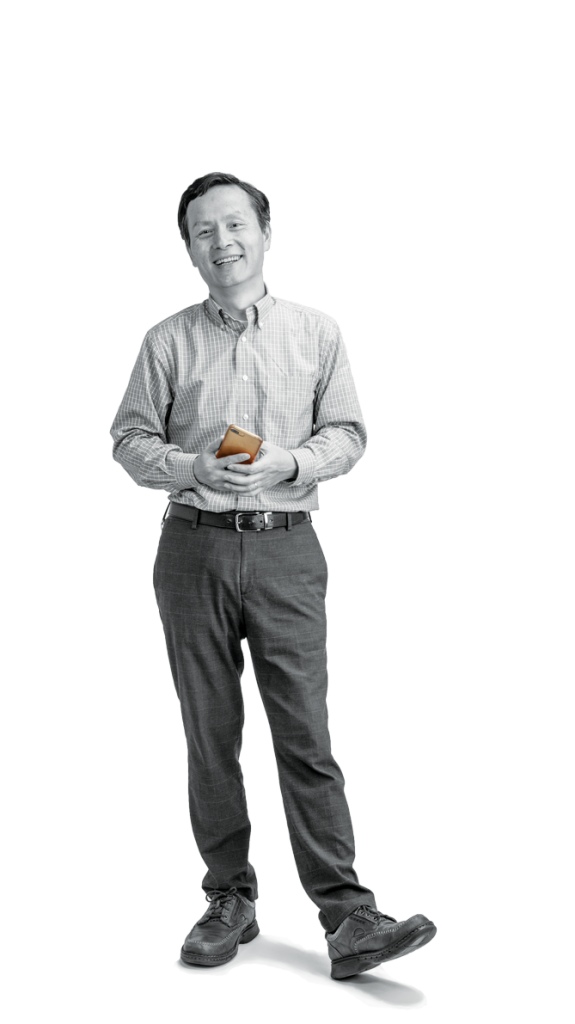Chances are, you love your GPS, the technology that makes sure you never get lost in the world, as long as you have your cellphone with you.
But what if you need GPS indoors? Perhaps you visit the Louvre, and want to get from the Mona Lisa to the Venus de Milo. Or you are turned around in the Atlanta airport, trying to get from Terminal E to the nearest cab stand. Or you simply want to navigate a big box store like Ikea, or a large parking lot.
The nifty satellites that get you where you want to go outdoors don’t work indoors. Their electromagnetic waves are blocked by walls. The great indoors requires a new solution, and University of Florida researcher Xiaolin Andy Li and his colleagues have just patented one, an indoor microGPS that works without satellites.
“For the first time, we can pinpoint a smartphone user within centimeters,” Li says.
“With this, we know exactly where you are,” Li says. “With microGPS, if you are standing in front of the Mona Lisa, we know you are there, and we can push information about the Mona Lisa to you.”
The microGPS system is named Guoguo, which is Chinese for grasshopper, and it uses acoustic signals that can be detected by any smartphone. A smartphone microphone receives acoustic signals from a microchip. The system is accurate to 5 centimeters, or about 2 inches. One of the challenges of developing the system was improving on the level of accuracy of traditional GPS.
Outdoor GPS is accurate only to about five meters. That’s fine when you’re driving a car and trying to find a home or a shop, but indoors, a five-meter range of accuracy for navigation is almost useless. Li and his colleagues decided to try for a level of accuracy of one foot, and then improved the system from there.
“Indoors, you want to be sure you can navigate with every step you take,” Li says. “With Guoguo, you can navigate like a car. If you want to get a Coke, you can pinpoint which aisle it’s on and even which shelf.”
Li successfully tested Guoguo with blind people as an aid for indoor navigation and with patrons at UF’s Samuel P. Harn Museum of Art as an aid for museum tours. While QR codes were popular for a while in museums, Li says people no longer want to use QR codes. They want simpler methods of getting information.
He also thinks it can help family members monitor elderly parents, or even help with monitoring personal health.
“With Guoguo, we can say, ‘We know the pills you need to take are on that shelf, and we know you did not go to that shelf.’ Or, if you pick up a Coke, Guoguo will know you have touched a Coke and recommend that you buy something healthier,’” Li says.
The system won a National Science Foundation Innovation Corps (I-Corps) award in 2015, placing first out of 24 teams, including teams from Berkeley, Harvard and MIT. Li and his colleagues patented the innovation in February.
“Outside, we have been used to GPS. But indoors, scientists have been working on it for 20 years, sort of a worldwide open challenge,” Li says. “This is one solution, a fundamental positioning system. With this level of precision, you can literally go anywhere.”
Source:
- Xiaolin Andy Li, Professor Electrical and Computer Engineering, Director, NSF Center for Big Learning
Related Website:
This article was originally featured in the Summer 2018 issue of Explore Magazine.


